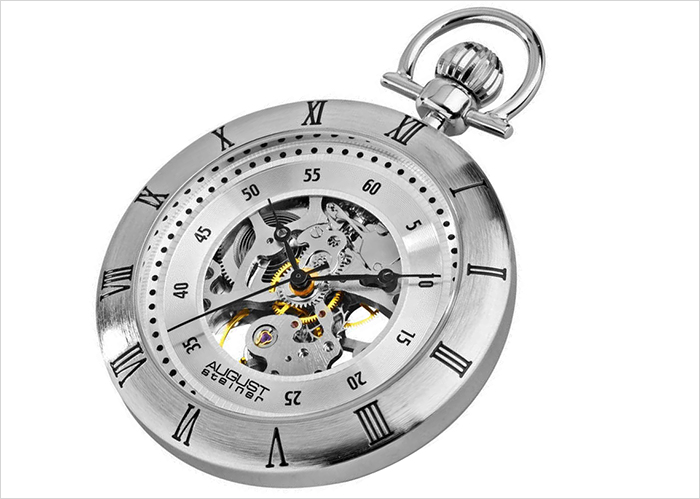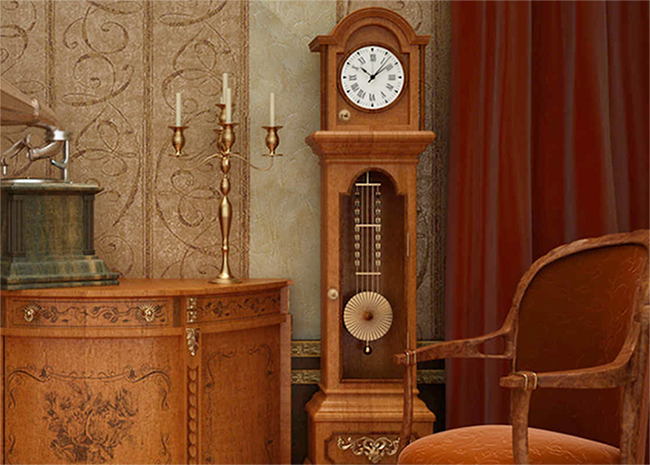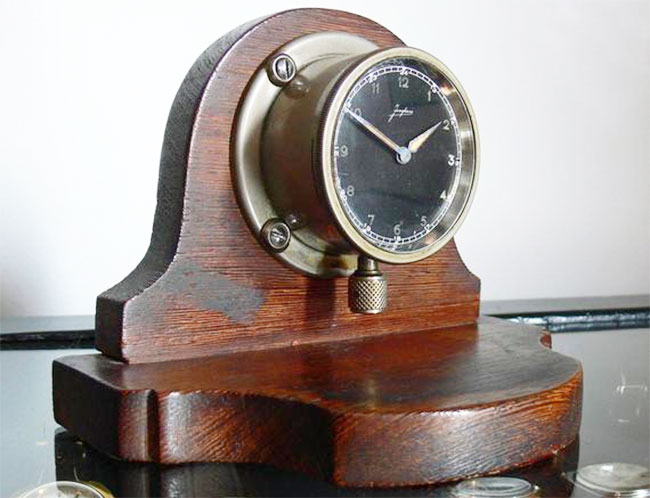Pocket watch condition grade is often confused with movement grade assigned by watch companies. The two are completely different, but both are important in finding the value of an antique pocket watch.
What is a pocket watch movement grade?
The pocket watch movement grade is the collective term for the grade name or number (e.g. 922, 924, 914, and 942) that refers to the watch’s mechanism (size, finish, and jewel count.)
This is different from the watch’s serial number, which indicates the year the timepiece was manufactured. Thus, pocket watches may have the same movement grade but different serial numbers.
For example, a Hamilton watch with serial numbers 194001 through 195000 has a movement grade of 926.
Another good example of a movement grade is ”railroad grade”, which applies to a special type of watch that follow a certain criteria set by the General Railroad Timepiece Standards.
What is a pocket watch condition grade?
Condition grade refers to the overall state of the timepiece. Grading scale is used to systematically rate the condition of an item. The nearer the watch is to its original appearance, the higher its grade will be.
Condition grade is very important in determining watch’s value. The top three ”super grades” are Pristine Mint, Mint Plus, and Mint conditions. Pieces in these grades get high premium or mark-up rates.
Pocket watch condition grading scale
- G 10 (Pristine Mint) The pocket watch is new and unused. It is still sealed inside its original box, complete with its proof of authenticity.
- G 9 (Mint Plus) The box has been opened but the pocket watch has been tucked away for safekeeping. The pocket watch is still good as new.
- G 8 (Mint) The pocket watch still has its original box and wrapper, it may have been used for a few times, but the pocket watch does not show any obvious signs of wear.
- G 7 (Near Mint) When inspecting the pocket watch under a loupe and a strong light, there are minor defects (a barely visible dents and surface scratches).
- G 6 (Excellent) With a closer look, there are minor flaws (some signs of brassing, light scratch or hairline cracks) on the pocket watch that can be seen with the naked eye.
- G 5 (Good) The pocket watch movement is still in good working condition; however, the latch and hinge have been damaged. The pocket watch has visible minor flaws. Gold filled pocket watches start to show some brass rings.
- G 4 (Fair) There is a more obvious sign of wear. There are major discolorations on the pocket watch case like rusting and brass patches. The pocket watch face may also show some age spots, deep cracks and chips on the dial, etc. The engravings have been rubbed off. The pocket watch has a poor ticking sound.
- G 3 The damaged parts have been poorly replaced. There are medium to heavy dents on the pocket watch case. Severe signs of wear and heavy corrosion on the watch movement. Poor repairs are evident.
- G 2 (Poor) The pocket watch may not be functioning properly because of its missing parts (springs, numerals, dials, etc). A pocket watch with a lower grade is no longer functional and may as well needing new pocket watch parts.
- G 1 (Very Poor) The pocket watch is not functioning at all. It has rusty movement and defective dial, badly worn, with parts broken and brass showing, some parts may be missing or parts are no longer the original, no crystal or hands, well be used for salvaging pocket watch parts.





![Old and broken pocket watch [G3]](https://clocksinfo.com/wp-content/uploads/2019/08/g3-pocketwatch.jpg)





Leave a Reply